Left displaced abomasums (LDAs), as you know usually occur post calving in cows that have reduced dry matter intakes. Close up dry cows should be eating 1.5% of bodyweight (10.5kg/DM/day).
Achieving <1% LDA rate centres around achieving a hugely successful transition period, three weeks before and three weeks after calving.
Close up dry cow diets on many farms may have altered this year, with straw hitting £160/T, being replaced or reduced in lots of rations. Careful planning of what is used to replace it with is needed, as straws provides two essential qualities for dry cow rations:
- Low ME forage. Avoiding weight gain is important in the dry period – as excessive ME will lead to fat accumulation in the liver. This is especially important in far off drys or cows dry for a long time.
- Low DCAB. Key to preventing milk fever, with clinical milk fever cases we see being the tip of the iceberg and between 25-50% of cows thought to have sub clinical milk fever at calving.
Straw in dry cow rations, helps to ensure the energy density of the diet is not too high (target no higher than 10.5MJ/kg DM), while ensuring DMI and good rumen fill is achieved, and milk fever is well controlled.
If using other forages to replace straw, especially grass silages/hay – it is important to analyse them for mineral content to assess the potassium %, calcium content and DCAB values. Grass forages can vary from 1-10+% potassium, with target requirements for close up dry cows <1.4%.
Both milk fever (subclinical and clinical) and excessive fat mobilisation can lead to LDAs post calving.
There are three rations fed on farm – the one on the ration sheet, the one put in the wagon and the one the cow eats – a tried and tested saying for a reason!
Most commonly, rations formulated on the computer are good and the pinch points to transition success are found in the dry cow yards and at the feed face.
- Key requirements for success:
- Feed space min. 0.8m / cow
- 10% spare cubicles
- Clean feed face
- Ad lib feed, 5-10% refusals
- Push up as often as possible, every two hours
- Regroup as little as possible and regroup in pairs
Ensuring fresh cows have ad lib access (with 5% refusals accepted) to the fresh cow diet immediately to maximise intakes and reduce disease. If you want to check for any room for improvement in your transition, speak to your vet or ask for a VetTech transition check which will help identify the pinch points.
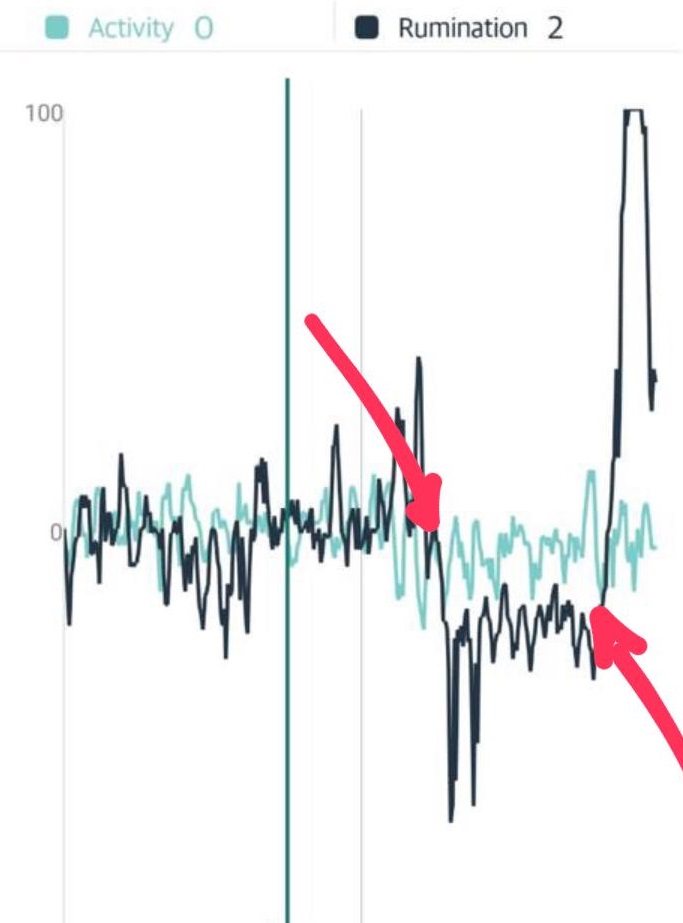
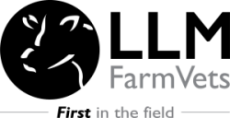
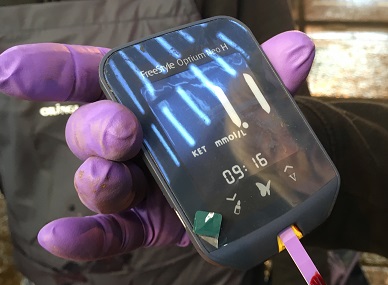
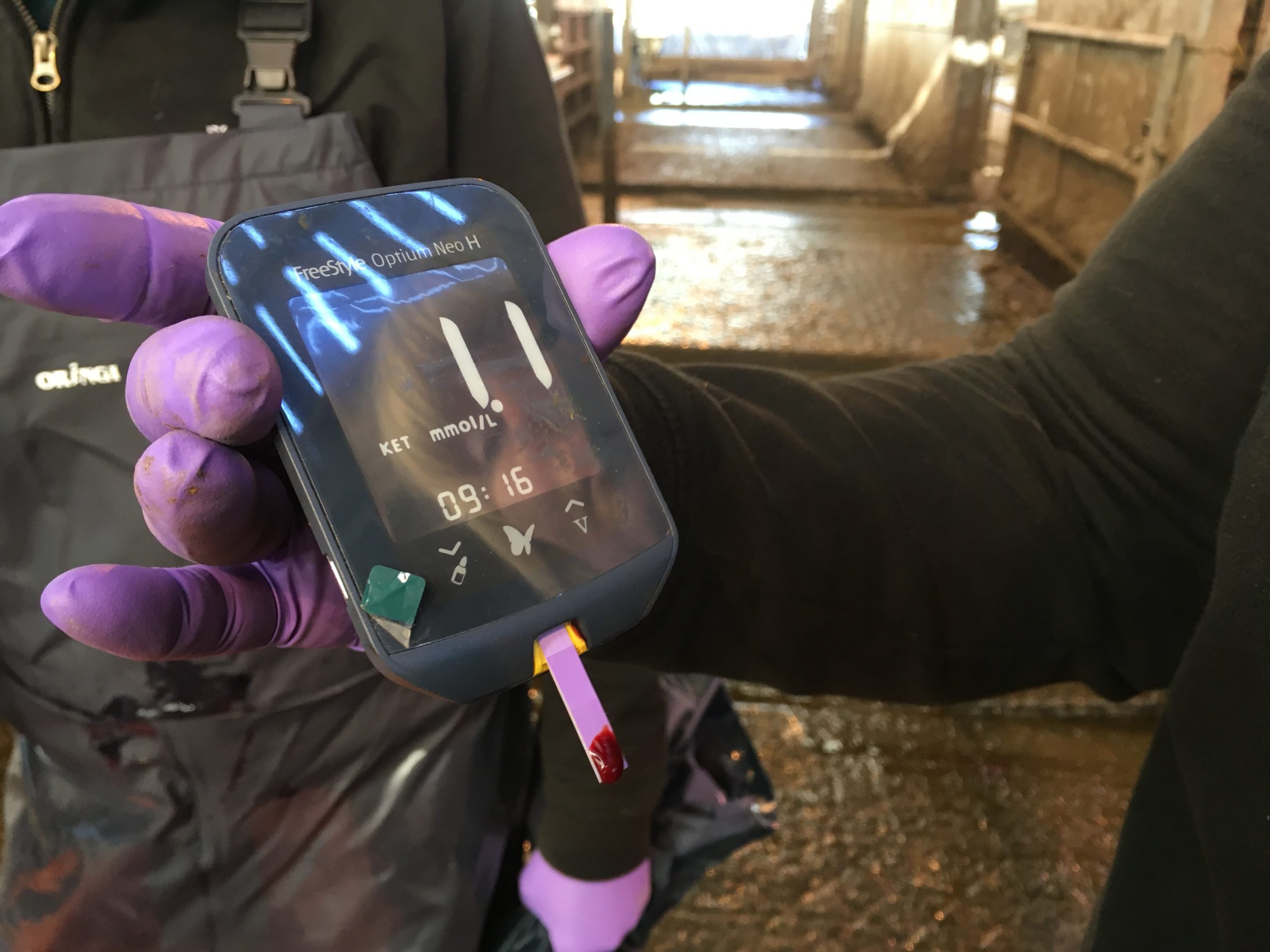
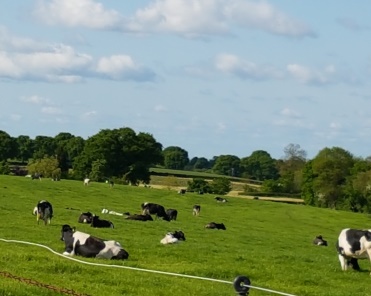
Leave A Comment